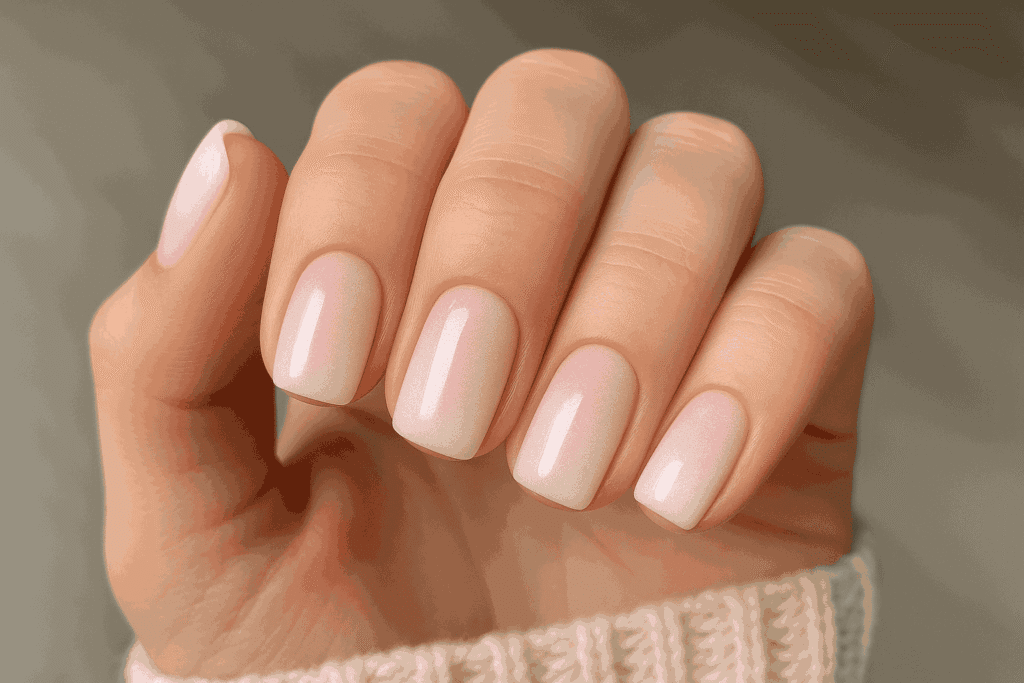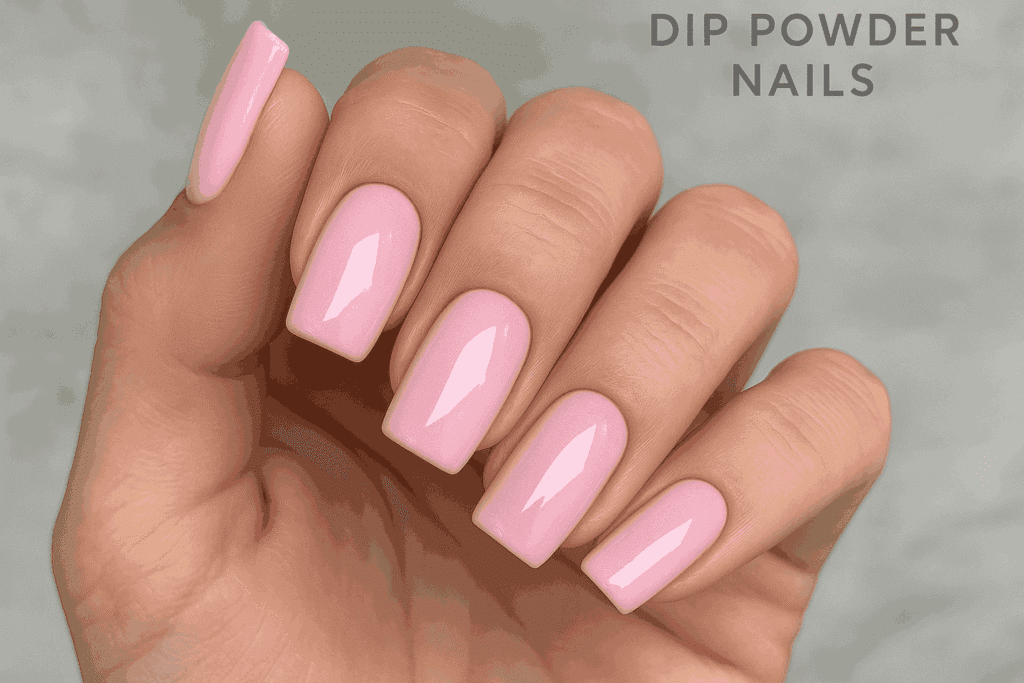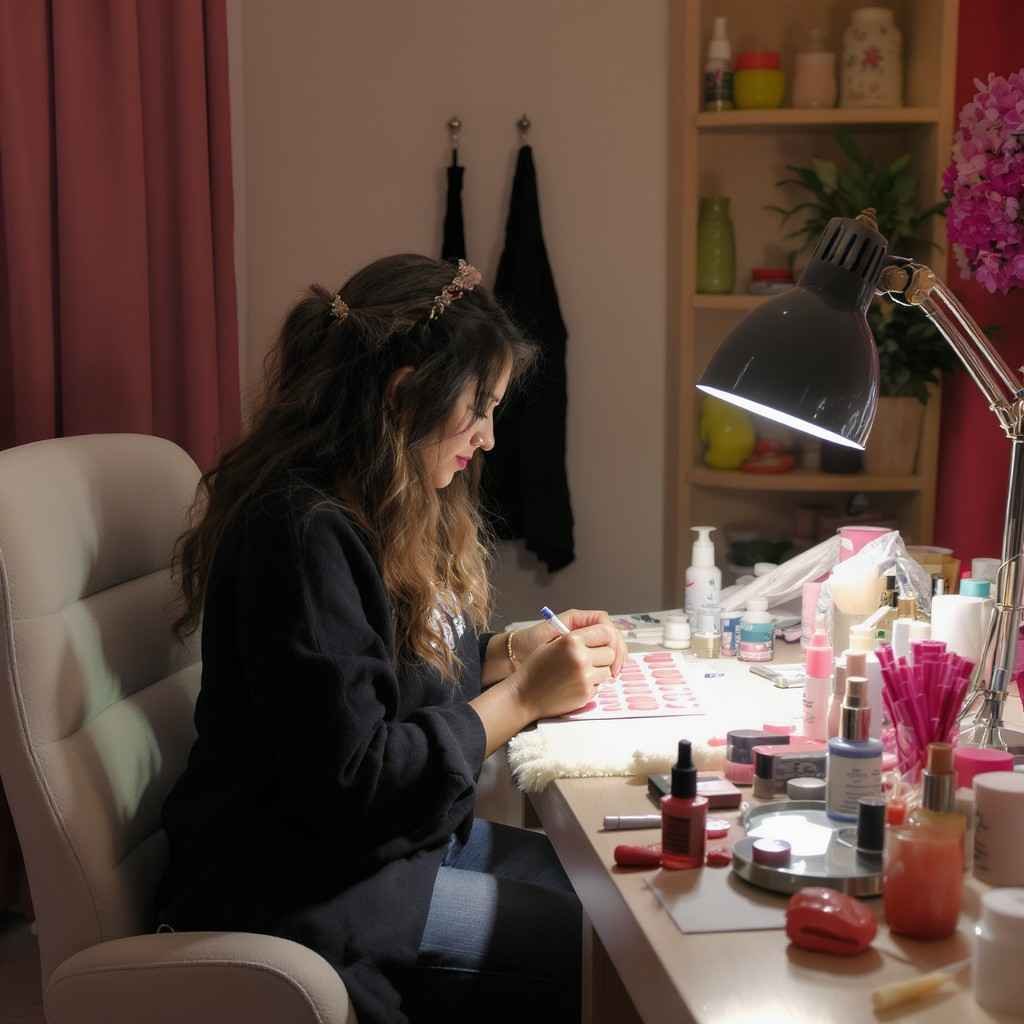When it comes to choosing the right type of manicure, it’s more than just going for something colorful or stylish—it’s a cosmetic decision that affects your nails, your natural nails, and even your overall health. As a dermatologist like Amy Kassouf, MD might explain, different mixtures and the way we’re prepping the nail bed, applying products, or following the process play a huge role in what’s actually getting done.
One trend that’s grown in the blink of an eye is dip powder nails, known for being faster, possibly less harmful, and giving that quick glow-up. They use colored powder, involve dipping, curing under a UV lamp, and repeating steps to achieve a durable, long-lasting finish. While some say it’s a safer option than gel or acrylic, the truth is both yes and no—which is why it’s essential to fully understand what you’re signing up for when following these new nail trends.
Quick Verdict: Dip Powder Wins & Warnings
The dip powder manicure process, though, can be time-consuming, especially doing it yourself at home. If they chip or crack, it’s difficult to repair and might require a salon visit. Also, not removed properly, they may damage your natural nails, so it’s important to soak your nails in acetone for the recommended amount of time and use a gentle remover. The limited color choices compared to gel or acrylic nails is another downside. Still, if you’re looking for a long-lasting manicure, they remain a good option, just be aware of the potential cons before getting this type of manicure.
Both manicure types are long-lasting vs traditional polish, but acrylics last eight weeks, dip lasts three weeks. Acrylics have methyl methacrylate, a chemical that may trigger allergic reactions, irritation, or affect sensitive skin and those with allergies. Dip is a safer spa manicure without harsh chemicals and is the preferred choice for an active lifestyle or fast natural nails growth. Acrylic manicures offer more flexibility, but dip powder manicures are gentler for frequent use of hands.

When weighing the pros and cons of dip powder nails, it’s helpful to see how they compare with other options like acrylics. For a deeper comparison, Check out our full guide on Dip Powder Vs Acrylic
Pros of Using Dip Powder
- Dip Powder is extremely long lasting. When applied right, it can wear well for 2-3 weeks without chip or peel, even as your nails grow out – all part of a great Dip Powder manicure experience.
- It comes in every color and supports great styles, letting you explore nail art, trending manicures, and express your creative side with fun nail trends like classic French Manicure, glitter accents, mood, temperature, sun, and UV color changers using any nail art technique.
- No light needed for the Dip Powder application – unlike gel polish or acrylics – it uses Step 2 activator to cure and harden the powder, avoiding UV light, LED light, or any powerful UV lamp exposure to the hand, giving a safer and cleaner option.
- There’s no strong odor, unlike the strong odor from monomers typically used in acrylic nails or acrylics, making the experience more pleasant.
- You can do it at home with many kits available, including everything needed to create your own Dip Powder manicure right from home with similar durability to acrylics.
- It’s fast-drying, allowing for professional manicures at the salon or home that leave you with a dry set of nails that won’t get ruined – great for people needing something fast.
- The dip powder treatment offers a health benefit by avoiding ultraviolet light exposure to keep nails dry and safe.
- It gives a more bendable and durable nail structure. While breaking a nail can be annoying and even painful, especially after you’ve paid a hefty price for a high-end manicure, dip powder manicures are known to be sturdier and more durable than other types.
- This good option suits anyone who works with their hands regularly. The technique uses less mixture, so nails feel less heavy and stiff, unlike gel or acrylic technique methods.

If you’re dealing with peeling, you might want to consider structured gel manicures – Learn there pros, Cons and cost here.
Cons of Dip Powder
- Dip Powder may cause sensitivity to its ingredients and liquids, leading to congestion, runny nose, or headache—especially if your face is just a few inches from the bottles and you inhale the odor too much.
- People who are sensitive should avoid breathing it in and try liquids designed for such people with a different formulation that causes less of a reaction. If the issue persists or becomes severe, it’s best not to continue using it.
- Another con is the unsanitary method of dipping fingertips into the same jar of powder that everyone else uses. This is a serious hygiene concern, and dermatologists warn against double dipping, just like chips and salsa at a party. A safer method is for technicians to sprinkle the powder onto your nails.
- The dip powder process, though often called tough-as-nails, can weaken your nail base. To make the adhesive stick, nails are often buffed and filed, which over time makes them prone to breakage—a major drawback, especially for natural nails.
- Some formulas contain irritants and harmful ingredients like methyl methacrylate (which is banned in some states), ethyl methacrylate, and toluene. These can aggravate asthma, irritate the airways, and pose risks to fetal development, adding serious health concerns.

